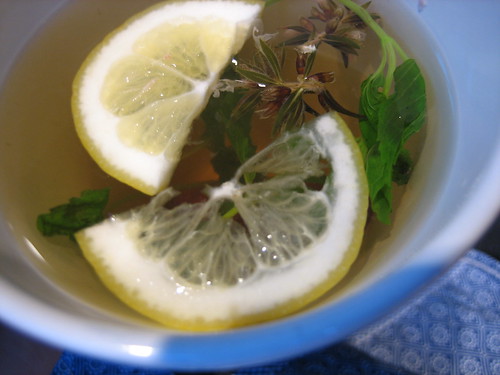Four most effective medicinal plants to grow in your garden
Amaranth, Calendulas, dandelions and stinging nettles are the 4 most effective plants used in herbal remedies throughout Africa to grow in your home or neighborhood garden. Four most effective African medicinal plants to grow in your garden.
Harvest these 4 natural herbal remedies for simple, homegrown medicine.
Stinging Nettles are easy to grow; the root is also used for joint ailments, as a diuretic, and as an astringent. Stinging nettle above ground parts are used for anemia, poor circulation, urinary tract infections, allergies, kidney stones or as a general tonic. In foods, young stinging nettle leaves are eaten as a cooked vegetable. Do not forget to wear gloves when harvesting. Nettles have a harmless but unpleasant sting, if brushed. Stinging nettle leaf has a long history of use. It was used primarily as a diuretic and laxative in ancient Greek times.Amaranth is a broad-leafed, bushy plant that grows about six feet tall. Tanzanian Mchicha amaranth healing African green tea may provide a unique traditional health benefit reducing blood pressure and cardiovascular disease.

|
| Amaranth is a plant used in herbal remedies that is found in your garden or in the wild. |
Dandelion is often considered a weed and a problematic to lawn care workers. Dandelions are one of the most multipurpose herbs. Dandelions are used for loss of appetite, upset stomach, intestinal gas, gallstones, joint pain, muscle aches, eczema, and bruises.

|
| Dandelions is a plant used in herbal remedies that is found in your garden or in the wild. |
Dandelion is also used to increase urine production and as a laxative to increase bowel movements. Dandelions are also used as skin toner, blood tonic, and digestive tonic. In foods, dandelion is used as salad greens, and in soups, wine, and teas. The root is also used, dried and ground as a substitute for coffee.
Calendula is an important addition to a healer's garden. The flower petals of the calendula plant have been used for medicinal purposes for centuries. Calendula has been used to treat stomach upset and ulcers, as well as relieve menstrual cramps, and an ointment applied to the skin.

|
| Calendulas is a plant used in herbal remedies that is found in your garden or in the wild. |
Together we build awareness that boost harmony, education, and success, below are more links to articles you will find thought provoking.
- Deadliest routes for refugees
- Cooking with shea butter oil
- Worst serial killers recorded in history are women
- Indigenous healers and plants used
- Night running illness or magic
- What is back to Africa


